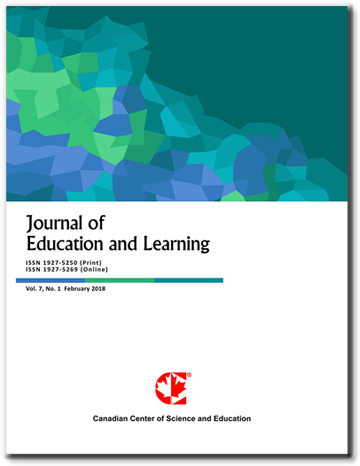The Impact of Dyslexia Legislation: An Analysis of Knowledge and Preparedness Among In-Service Educators
- Michelle Gonzalez
Abstract
The primary purpose of this study was to compare the dyslexia knowledge and misconceptions and perceived preparedness for teaching students with dyslexia between New Jersey in-service educators (n = 706) and in-service educators from states without dyslexia code (n = 219). A second purpose was to compare the factors that predict dyslexia knowledge between these two groups. Educators in both groups completed a survey about their dyslexia knowledge and perceived preparedness. Findings indicated no significant overall differences in total dyslexia knowledge scores or the three subscales (i.e., general knowledge, characteristics, interventions, treatments) despite mandated dyslexia professional development in New Jersey. Further descriptive analysis of each survey item on the scale was conducted to determine if any differences were present between the groups of educators. Survey question analysis revealed that both groups share accurate knowledge on 45% of items, emphasizing a common understanding of dyslexia. However, differences emerged in 33% of the questions, highlighting nuanced knowledge differences between groups. Both groups share misconceptions about visual aspects of dyslexia, highlighting the challenge of dispelling visual processing neuromyths of dyslexia. The main effects of the multiple regression revealed that dyslexia knowledge is significantly influenced by both years of education experience and feelings of preparedness. New Jersey educators expressed significantly higher overall feelings of preparedness than educators in states without dyslexia code, suggesting potential positive impacts of mandated professional development on preparedness, though not necessarily on knowledge. Implications for in-service educators’ professional development, dyslexia legislation, and future research directions are discussed.
- Full Text:
 PDF
PDF
- DOI:10.5539/jel.v15n1p12
Journal Metrics
Google-based Impact Factor (2021): 1.93
h-index (July 2022): 48
i10-index (July 2022): 317
h5-index (2017-2021): 31
h5-median (2017-2021): 38
Index
Contact
- Grace LinEditorial Assistant
- jel@ccsenet.org
